The internet works because networks exchange information about where data should go. Each network tells others what addresses it can reach, and this is how packets move from one place to another. For many years this exchange was built only on trust. A network could say it controlled a block of addresses, and the rest of the world believed it. At first this was enough, because the internet was small and errors were rare.
As the internet grew, blind trust became a weakness. One typing mistake could affect many users, and a single false claim could redirect global traffic. Attackers noticed this and began to take advantage. They hijacked routes to spy on data, to block access, or to cause damage. The lack of validation made the whole system fragile. Resource Public Key Infrastructure, known as RPKI, was created to change this. It links IP addresses with digital proof so that networks can check if a claim is valid before they accept it. Deploying RPKI makes routing safer and shows that an operator is serious about stability.
Why Routing Without RPKI Is Weak
Routing on the internet depends on the Border Gateway Protocol, or BGP. Each network announces what addresses it can reach. These announcements spread quickly, and other networks use them to build their tables. The problem is that BGP has no test inside. It does not ask for proof, and it does not block lies. Any network can announce any prefix, and the rest of the system will accept it.
This open model often leads to trouble. Sometimes the mistake is small, like when an engineer types the wrong number. The wrong route spreads anyway. Other times the mistake is not a mistake but an attack. A hijacker can announce a prefix that belongs to someone else. Traffic then flows to the wrong place. Both errors and attacks have caused major outages in the past. Users could not reach services, and companies lost business. Without validation, routing continues to run on blind trust.
Creating Route Origin Authorizations (ROAs)
The most visible part of RPKI is the ROA. This record links a prefix to the autonomous system that can announce it. Creating a ROA is simple but important. The operator logs in to the registry portal, enters the prefix, selects the authorised system, and signs the record. The signature is done with the digital certificate provided by the registry.
Once published, the ROA is available to the internet. Other operators can download it, check it, and use it for validation. A prefix without a ROA can still be announced, but it cannot be validated. A prefix with a wrong ROA may be marked invalid and blocked. Care must be taken to keep the records correct. Each ROA must match the real routing plan, or traffic may be rejected by mistake.
Setting Up an RPKI Validator
Creating ROAs is only one side of the system. The other side is validation. For this, each network needs a validator. The validator downloads all the published ROAs from the registries. It checks the signatures, stores the records, and gives them to the routers.
Running a validator does not require heavy equipment. It can be done on a small server or a virtual machine. Open source software is available, and most operators can install it with basic tools. The important part is keeping it online and updated. A validator that is offline will not have the latest records. Routers that rely on it may accept invalid routes. For RPKI to work, the validator must be stable and reliable.
Configuring Routers for Validation
Routers must be told to use the validator. This is done by configuring them to ask the validator about each announcement. If it is invalid, it can be dropped. Some operators choose to mark invalid routes but still keep them for review. Others drop them at once.
Configuration steps vary by vendor. Cisco, Juniper, Nokia, and others all have commands for validation. The principle is the same everywhere. The router must talk to the validator, must understand the answer, and must apply the policy. Once this is done, the network is protected by RPKI.
Configuration steps vary by vendor. Cisco, Juniper, Nokia, and others all have commands for validation. The principle is the same everywhere. The router must talk to the validator, must understand the answer, and must apply the policy. Once this is done, the network is protected by RPKI.
Testing and Monitoring RPKI Deployment
After setup, the system must be tested. Operators can announce their own prefixes and check if they are marked valid. They can also test by announcing a prefix with the wrong system number and seeing if it is blocked. These tests show if the validator and the routers are working as planned.
Monitoring is also important. RPKI is not static. New records are created every day. If a validator stops updating, routers may miss new information.
Handling Errors and Common Problems
Errors can still happen with RPKI. A common one is creating a ROA with the wrong number. This makes valid routes look invalid. If this happens, users may lose access to the network. The solution is to correct the record quickly and publish the update. Once the update spreads, the routes become valid again.
Another problem is an offline validator. If the server is down, routers cannot check new routes. Some networks treat this as “unknown” and still accept the routes. Others treat it as invalid and drop them. Each operator must decide the policy. The safer choice is to accept “unknown” routes while fixing the validator. This prevents outages while still keeping protection against real invalid claims.
Operational Experience from Early Adopters
Many large networks have already deployed RPKI. Their experience shows that it is stable when planned well. Operators report that the system blocks invalid routes every day. Most of these are small mistakes, but some are clear hijacks. In both cases, RPKI keeps the damage from spreading.
Smaller networks also report gains. They say it is easier to trust peers when validation is in place. Customers feel safer, and partners prefer to work with operators that run RPKI. The early adopters prove that it is not only for big firms. Any network, large or small, can deploy it and benefit from the protection.
RPKI and Internet Exchange Points
Internet Exchange Points, also known as IXPs, are central places where many networks meet. They allow traffic to move directly between operators instead of crossing long paths. Because of this role, they handle large volumes of routes every day. If one participant makes a wrong announcement, the mistake can spread quickly through the exchange.
Deploying RPKI at IXPs reduces this risk. Validation at the exchange level means that only correct routes are passed between members. If a hijack appears, it is filtered before it reaches hundreds of peers. This gives all participants more confidence. Some exchanges now make RPKI part of their joining rules, and members see this as a sign of trust.
RPKI in the Context of Global Security
Routing is one of the hidden layers of the internet, and it rarely gets public attention. When a social network or a bank goes offline, users see the surface problem but not the cause. In many cases, the root cause is a routing mistake. Without validation, these mistakes are free to spread.
RPKI brings a global layer of security. Each region can set its own rules, but the certificates are built on one shared system. This makes validation possible across borders. A prefix issued in one country can be checked by a network in another. The global scope is one of the strongest features of RPKI, because the internet itself has no borders.
Future Outlook for RPKI Deployment
Adoption of RPKI is still growing. Today many large providers already run it, and smaller ones are catching up. In the future, it may become a standard expectation. Just as encryption became normal for web traffic, validation may become normal for routing.
The outlook also depends on education and tools. If validators are easier to install, and if registries provide clearer guides, more networks will deploy RPKI. Governments may also step in with policy, making it a requirement for critical infrastructure. The trend is moving toward wider use, not less.
Community Support and Training
RPKI may look complex at first, but many community groups offer help. Operators share guides, hold workshops, and publish case studies. These resources lower the barrier for small firms that lack dedicated security staff. By following examples from others, they can deploy RPKI with less risk of error.
Training is also key for long-term success. Teams that know how ROAs work and how validators run are less likely to make mistakes. When more staff understand the system, the organisation is safer. Community support and training keep adoption moving forward.
RPKI and Its Role in Building Trust
The internet is built on agreements between independent networks. Each one must trust that the other will behave fairly. In the past, this trust was only verbal or contractual. With RPKI, it becomes technical. Proof replaces blind faith.
This technical trust is important for business. Customers want to know their data is safe. Partners want to know that routes will not disappear. Investors want to see that the network follows best practice. Deploying RPKI sends a clear message that the operator takes security seriously. Over time, this trust becomes part of reputation, which is as valuable as the network itself.
RPKI and Cloud Service Providers
Cloud platforms depend on routing that works without interruption. They host millions of sites and apps, and downtime can cause major loss. Many providers have started to deploy RPKI to protect their address space. This gives their customers confidence and prevents service loss caused by hijacks.
Cloud firms also face complex routing setups, since they operate across many regions. RPKI makes it easier to control which paths are valid. When routes are filtered with proof, traffic follows the intended path. This is why cloud operators now see RPKI as part of the foundation of trust for their business.
Regional Adoption and Policy Trends
Not all regions move at the same pace. In some areas, adoption of RPKI is fast, supported by strong policy from registries. In other areas, it is slower because operators are cautious or resources are limited.
Some have started to suggest that RPKI should be a requirement for operators. Others give incentives or support training. These trends suggest that RPKI will become a basic expectation worldwide, even if the speed of adoption varies by region.
Costs and Benefits of Deploying RPKI
For small operators, these tasks may feel heavy. The benefits are clear, though. RPKI reduces the risk of hijacks, keeps routing stable, and shows partners that the network is safe to work with. Many companies now see RPKI as a basic part of good operations. The cost is small compared to the damage caused by a major hijack or outage. For this reason, more networks adopt it every year.
FAQs
1. What is the main purpose of RPKI?
It gives networks a way to prove they are allowed to announce certain prefixes. This prevents false claims and keeps routing secure.
2. Can RPKI stop all routing problems?
No. It stops hijacks and errors at the origin level, but other issues like leaks still exist. More tools are needed for full protection.
3. Do all routers support RPKI validation?
Not all. Old devices may need upgrades. Most modern routers now include support, and open source tools can also help.
4. What happens if a validator goes down?
Routers may treat routes as unknown. Policies can allow unknown routes until the validator is back. This keeps traffic flowing while the issue is fixed.
5. Is deploying RPKI mandatory?
In most regions it is not mandatory, but it is strongly recommended. Some industry groups and regulators are starting to make it a requirement.



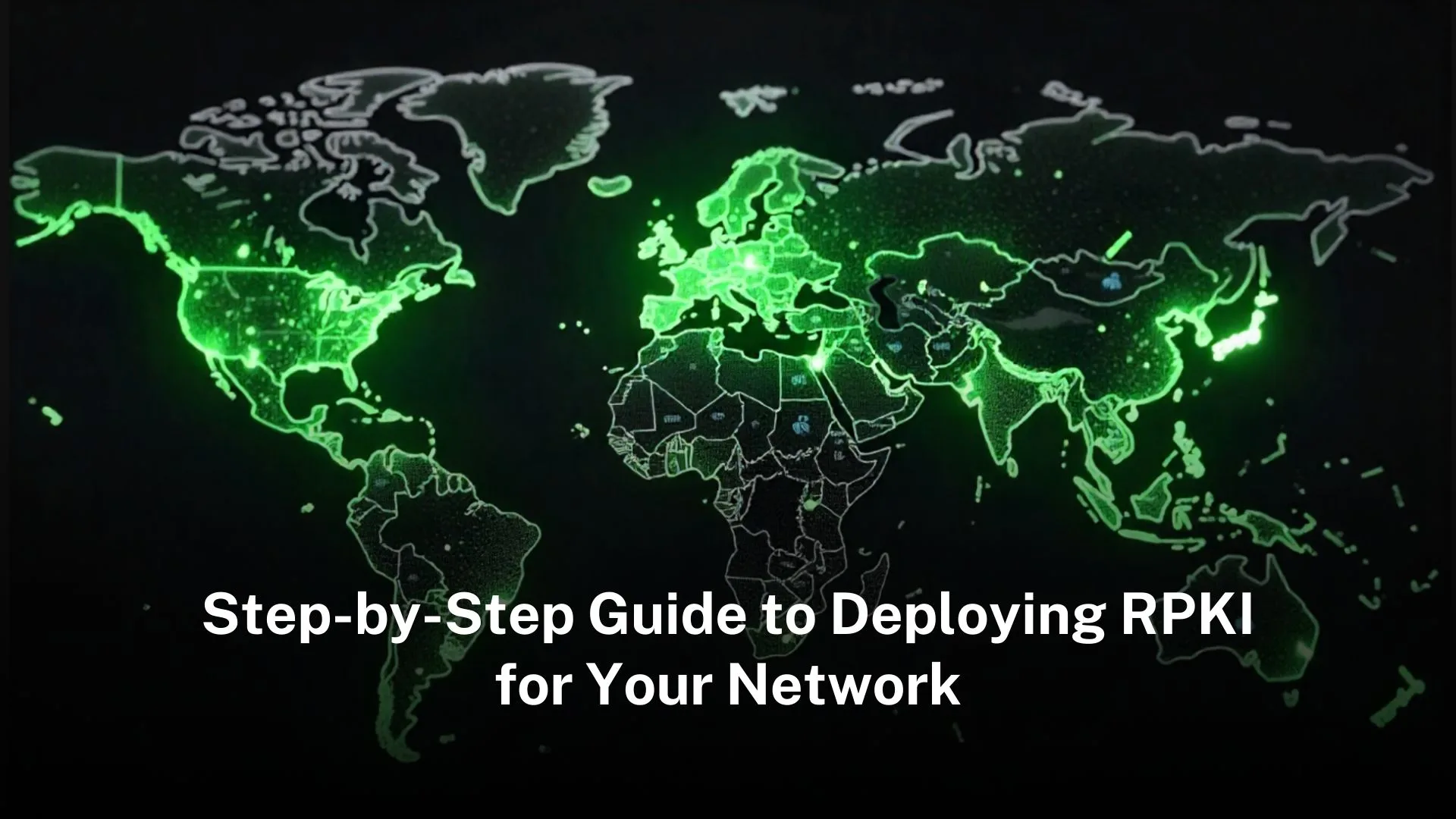

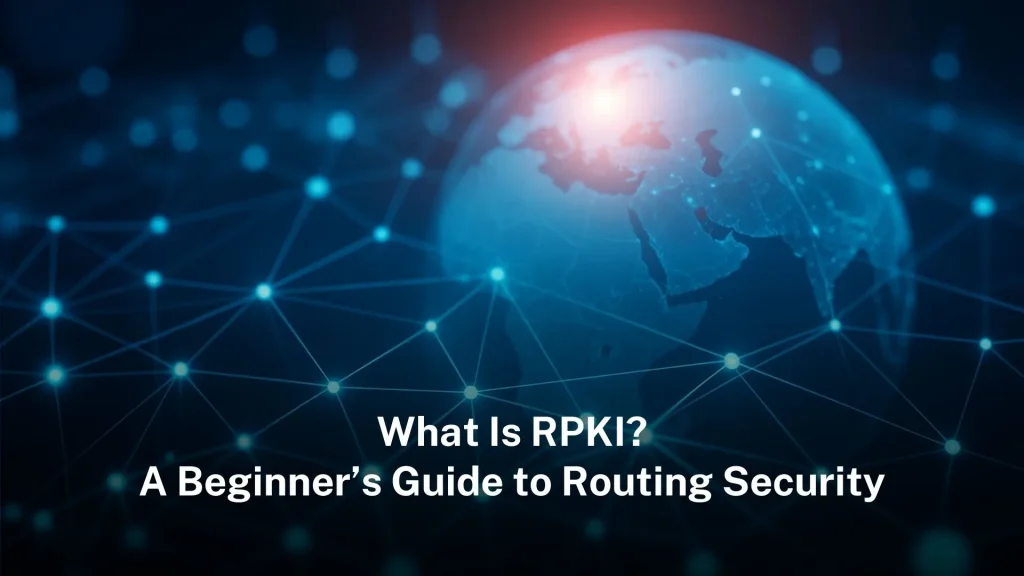
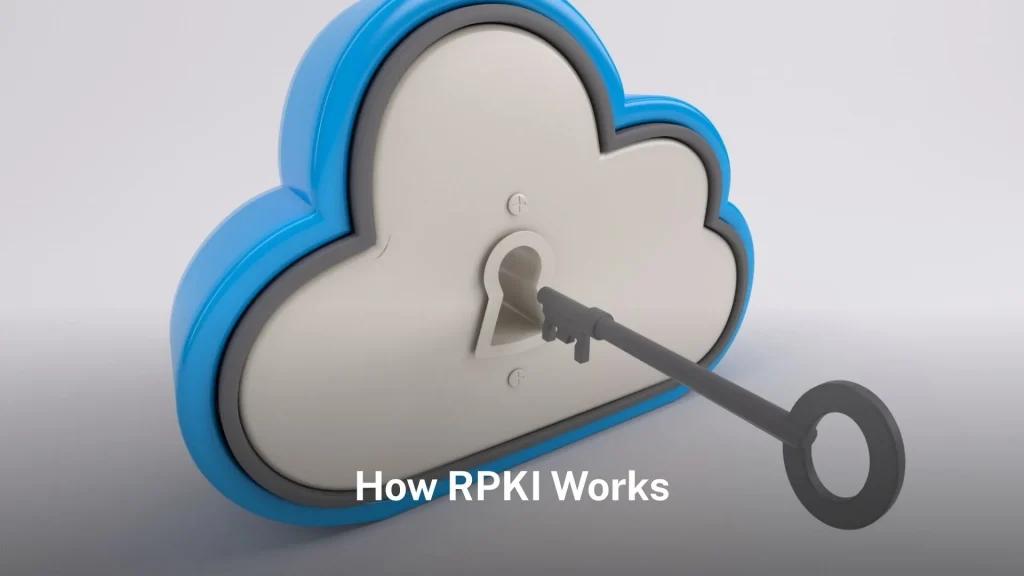
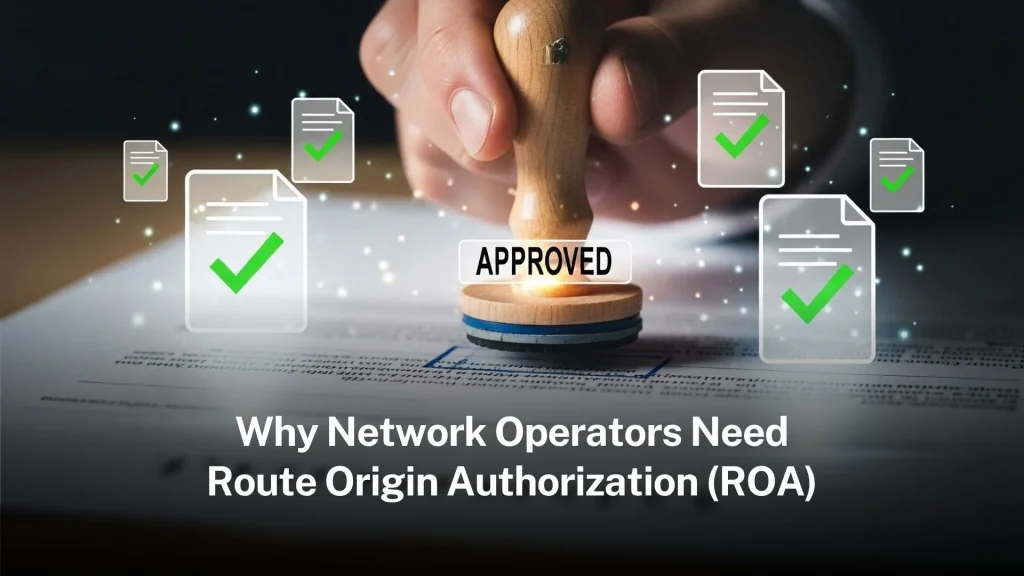
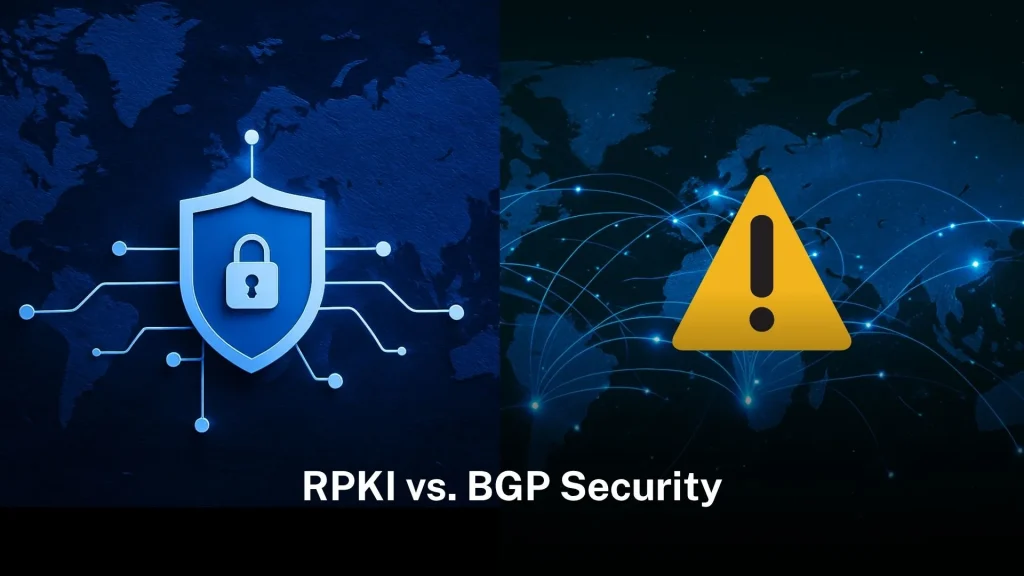
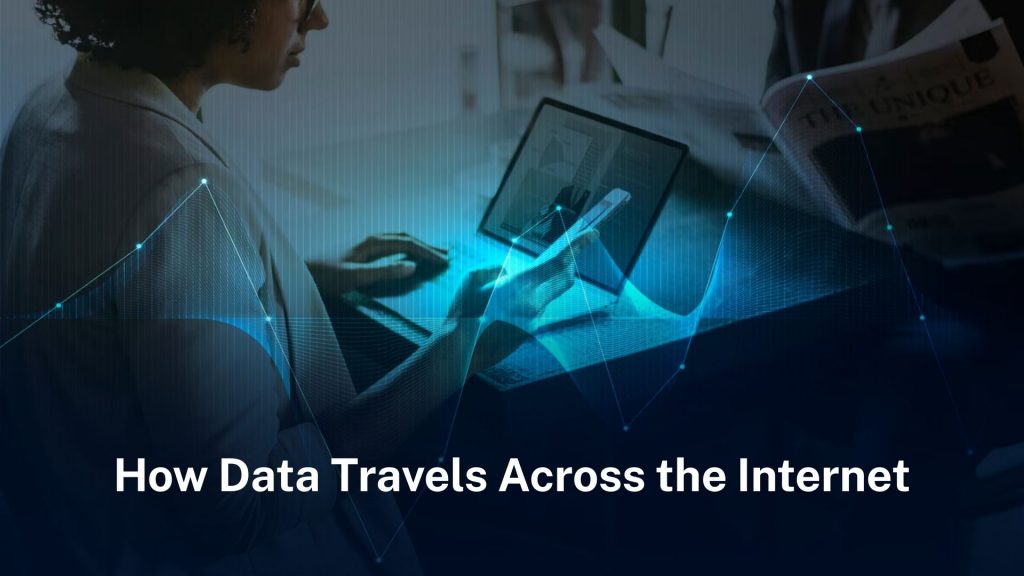
Leave a Reply